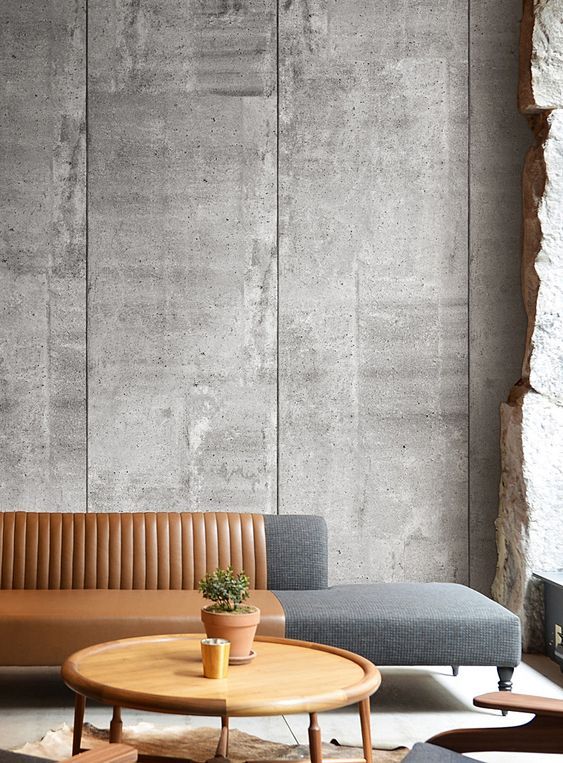The Toughness and Elegance of Concrete Sidewalks
Concrete walkways have long been a staple in metropolitan and suburban landscapes because of their exceptional mix of toughness and aesthetic appeal. The longevity of concrete as a paving material is popular, with its capacity to hold up against heavy foot web traffic, harsh weather, and the examination of time. Past their durability, concrete sidewalks provide a canvas for imaginative design and personalization, raising the overall appearance of a neighborhood or commercial location. As we discover the detailed details of concrete walkways, it comes to be obvious that their beauty surpasses plain functionality, making them a remarkable topic of consideration for both professionals in the market and fanatics alike.

Benefits of Concrete Sidewalks
Enhancing pedestrian safety and security and visual appeals, concrete walkways supply a aesthetically attractive and long lasting remedy for metropolitan and suburban landscapes. One of the key benefits of concrete walkways is their durability. Unlike some alternate materials that may degrade with time, concrete sidewalks have a long life-span, needing minimal maintenance. This resilience makes them an economical selection over time, as they can stand up to hefty foot traffic and different climate condition without deteriorating swiftly.
Furthermore, concrete pathways are extremely functional in terms of style. They can be customized to match the surrounding setting, whether it be through different colors, textures, or patterns. This adaptability permits innovative liberty in city preparation and landscaping jobs, improving the overall aesthetic allure of the area.
Furthermore, concrete walkways are known for their reduced ecological effect. Concrete is a lasting product that can be recycled, lowering waste and adding to environment-friendly building and construction methods. By choosing concrete walkways, neighborhoods can focus on both aesthetic charm and ecological responsibility in their facilities tasks.
Style Options for Sidewalks
When taking into consideration style options for walkways, it is necessary to focus on both performance and aesthetic charm in metropolitan preparation and landscaping jobs. legendaryconcretemarietta.com. There are several design choices readily available to improve the visual appeal and capability of pathways

One more option is subjected accumulated concrete, where the top layer is gotten rid of to disclose the aggregate under, developing a distinctive and visually fascinating surface that additionally supplies superb slip resistance. - legendaryconcretemarietta.com
Colored concrete is a versatile selection that can be personalized to match the surrounding setting or produce visual rate of interest. Incorporating attractive elements like borders, racking up, or discoloration can even more improve the overall style of the important site walkway.
Upkeep Tips for Long Life
To guarantee the toughness and elegance of concrete walkways over time, appropriate maintenance is necessary in preserving their visual charm and structural integrity. Tiny splits can be filled with concrete caulk, while bigger damages might require professional repair work to make sure the structural security of the walkway. By following these maintenance pointers carefully, concrete walkways can maintain their elegance and functionality for years to come.
Environmental Impact of Concrete
Concrete, a widely utilized building material, has considerable ecological ramifications that call for careful consideration in modern-day framework jobs. The manufacturing of concrete involves the extraction of resources such as limestone and sand, contributing to habitat destruction and ecosystem disruption. over here In addition, the manufacturing process launches a considerable quantity of co2, a greenhouse gas that adds to climate modification. Concrete's durability and durability can counter some of these ecological influences. When correctly preserved, concrete structures can have a lifespan of numerous decades, lowering the demand for frequent restoration and the use this link associated source consumption.
To mitigate the ecological impact of concrete, sustainable techniques such as using alternate cementitious products, incorporating recycled aggregates, and enhancing mix layouts are being progressively embraced. By executing these methods, the building sector can continue to benefit from the longevity of concrete while decreasing its general ecological impact.
Future Fads in Pathway Building And Construction
Taking into consideration the evolving landscape of lasting building and construction methods, the future trends in sidewalk building and construction are poised to change the method concrete structures influence the setting. One of the vital trends in sidewalk construction is the enhanced use of recycled products. By integrating products such as recycled accumulations and additional cementitious products like fly ash or slag, pathways can be built with a lower carbon impact. Additionally, the growth of absorptive concrete is gaining grip in sidewalk construction. Absorptive concrete permits water to pass through, reducing overflow and lessening the pressure on stormwater management systems.
The adoption of premade concrete walkway sections can simplify building and construction procedures, minimizing waste and building and construction time. As sustainability becomes a progressively essential element of construction, these patterns in walkway building and construction are likely to form the future of city infrastructure advancement.

Conclusion
Finally, concrete walkways provide numerous benefits such as toughness and sophistication. With different layout choices available, correct maintenance is necessary for longevity. In spite of problems regarding its environmental impact, concrete remains a prominent choice for pathways. Future fads in pathway building might concentrate on integrating much more sustainable products and innovations to decrease ecological damage. In general, concrete sidewalks remain to be a stylish and trusted option for pedestrian paths.
Unlike some different materials that might degrade over time, concrete walkways have a lengthy lifespan, calling for minimal maintenance.To make sure the sturdiness and elegance of concrete sidewalks over time, appropriate upkeep is vital in preserving their aesthetic allure and architectural integrity.Thinking about the advancing landscape of sustainable building techniques, the future fads in sidewalk building and construction are poised to reinvent the means concrete structures affect the atmosphere. In addition, the development of absorptive concrete is acquiring grip in pathway building and construction. The fostering of premade concrete sidewalk sections can improve building and construction processes, reducing waste and building time.